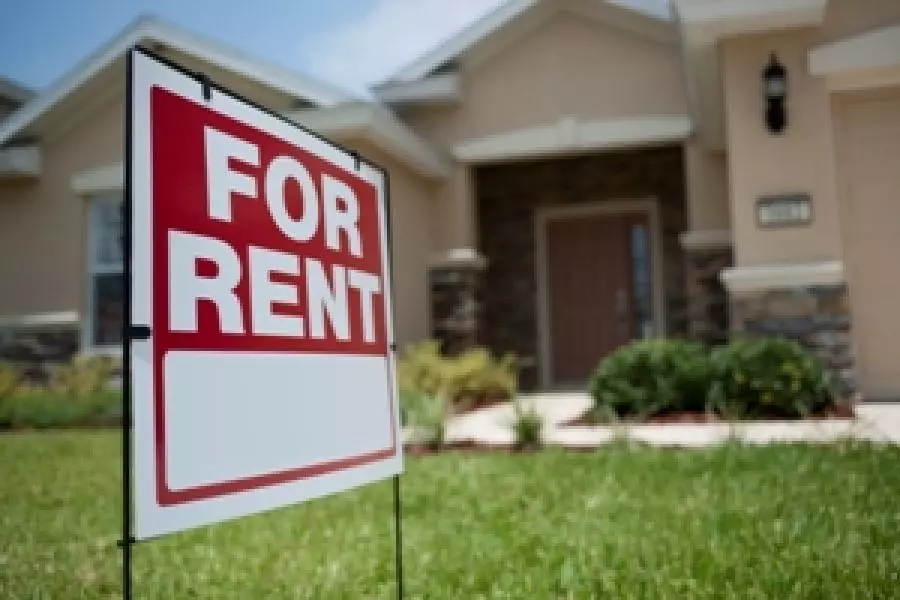News
Queenstown rents take a nosedive

Friday 31st of July 2020
The median weekly rent in the Queenstown-Lakes district has crashed down to $550 in June, after reaching a record-breaking high of $800 in January this year, according to the latest Trade Me Rental Price Index.
That means rents in June were down by $210, or 28%, on the median rent (of $760) in June 2019. And that’s the biggest annual percentage drop in seven years.
At the...
Want to read the full article?
Click the button below to subscribe and will have unlimited access to full article and all other articles on the site.






![[The Wrap] Bye Bye Bayly](https://goodreturns.publit.io/file/c_fill,w_900,h_600/39f23ac1-f7c7-4854-b700-a150004ebbac.webp)


